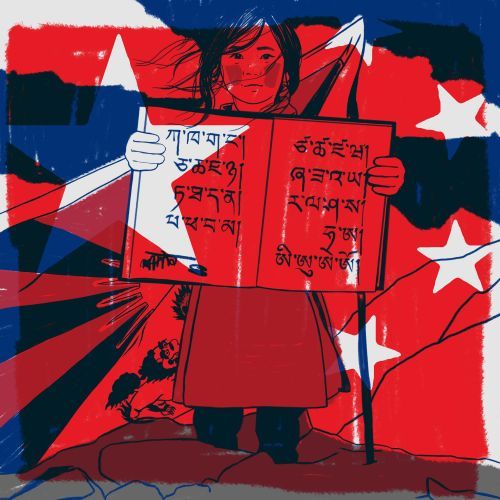Mapping biodiversity, bees and smells
Mumbai, a metropolis of 20 million inhabitants, just got its first biodiversity map. The Indian cartoonist, Rohan Chakravarty, created the project to empower the local youth and encourage their sense of ownership over the city’s natural heritage. It also serves as a reminder to the authorities that local wildlife needs to be protected. Indian financial capital was built on the terrains of seven islands and the land in-between them which was reclaimed from the Arab Sea. The area is subject to major environmental issues. Over the last 40 years it lost 60% of its green cover and now faces the decline of mangroves – vital in protecting the city from erosion.
Scientists from China and Singapore prepared a map showing how all of the 20 000 species of bees are distributed on Earth. The unprecedented project will help in protecting the insects, currently threatened by habitat loss and the use of pesticides. We know a lot about certain bees, like bumblebees in Europe or North America, but the documentation on many others remains meager.
An encyclopedia of smells is in the making. Researchers from the Odeuropa consortium will work to preserve – among others – the odors of tobacco, dungs, or 18th-century smelling salts. Drawing the expertise from the fields of AI, history, art, computational linguistics, and chemistry, they will produce scents that were present in shaping European cultures. Researchers will also answer how people handled less pleasant or even dangerous smells.
























